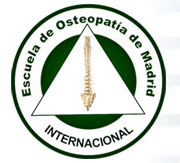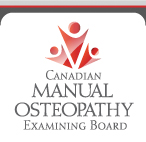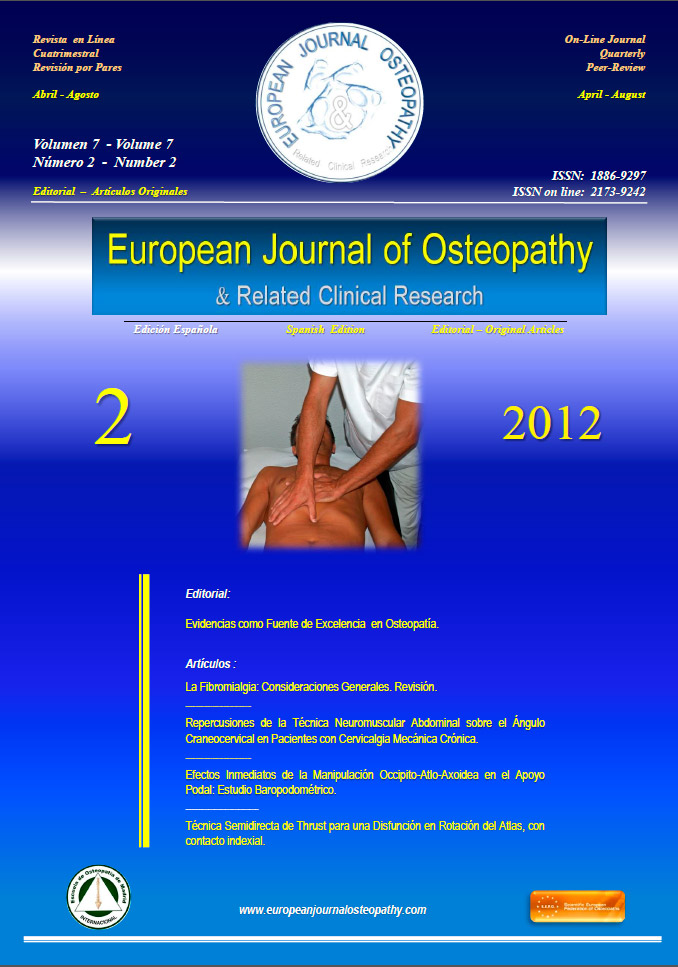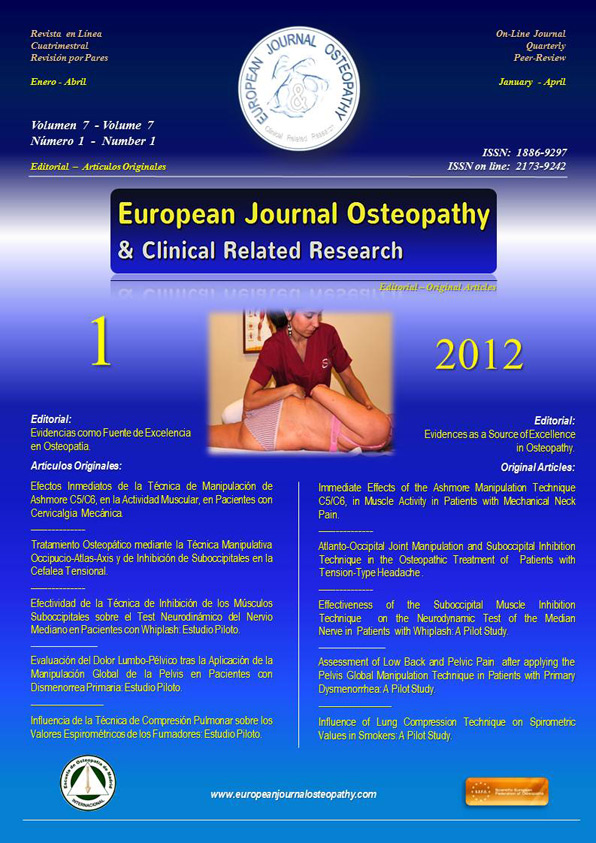Raymond Bishop, Ph.D.
"The Body is the Map of the Mind"
JD Landis, Solitude
JD Landis, Solitude
Most of us have had clients whom, despite having received a variety of touch therapies and traditional medical treatments for chronic pain, have not found relief. Once a chronic or serious underlying disease is eliminated as a cause, it is often postulated that there exists an underlying emotional or psychological component to that pain that has not been accessed and acts as a block to recovery. I would like to consider a few aspects of this thorny issue and propose an effective client-based approach to this problem.
In an effort to relieve pain, most body working and touch therapists examine physical symptoms supplemented by information provided by the patient. The client's body is in a sense "read", what the patient reports factored is in and the appropriate protocol is applied. But there are many disciplines that try to go beyond this. What they share in common are theories replete with connections between specific "organ systems" and emotions (Chinese medicine) or links between specific geography and emotional issues (Huna Kane). All these systems and similar employ a set of descriptors called bodymapping. More modern examples are found in Lowen's The Language of the Body, Kellerman's Emotional Anatomy and Myss' Anatomy of the Spirit.
The underlying premise of bodymapping systems is that there exists a one-to-one correspondence between specific locales of pain and specific emotional states or purported physiological malfunction. This cause and effect relationship then dictates what treatment is to be used. Often, for these practitioners, patient feedback is less relevant than what their bodymapping system dictates. Sometimes, they even seek to define a root cause or source of the errant emotion, perhaps residing deep within the patients repressed psyche or a specific landmark of the body.
In the world of Rolfing, for instance, we "read" connective tissue patterns and infer structural causes for our client's site-specific pain or compensatory patterns. But even Dr. Rolf bodymapped, as exemplified by her agreement with Feldenkreis that all chronic flexor patterns in the body are about fear. There is abundant literature that supports the link between psyche and soma (for example Energy Medicine and other writings of Jim Oschmann); and few somatic therapists would argue that they "touch" only the physical body. Most bodyworkers accept the notion of somatic memory although they differ greatly on the best ways to access and release traumatic material stored in the soma. But why should we bother at all with causation, with trying to link an event to a specific injury? What we find is that this may in fact be important in some circumstances, especially where there is pain involving emotional trauma -- not only because clients seem to need it, but also because such an "understanding" may in fact help relieve the client's pain! It is certainly challenging to find a means of helping clients understand not only the physical but emotional sources of their pain. But can this be accomplished without having to resort to elaborate and rigid body mapping models based on theories that read more like myth than science and that link causes and effects in highly improbable ways?
Interesting models for how touch therapists may explore trauma have recently been developed by William Redpath and Peter Levine. Redpath relies largely on guided imagery and metaphorical language to make the client's pain more comprehensible and accessible. As the client focuses his awareness in a region of stress, he is encouraged to visualize a set of sensory impressions of its "color", "texture", "shape", among others. The patient may be asked to compare areas of discomfort with less stressed areas in terms of these parameters and encouraged to visualize the damaged area becoming more like the contrasting area. Through this intuitive visualization process, the client is often able to relieve and better understand the nature and quality of his pain. Sometimes, using this indirect metaphorical approach, the patient is able to associate specific memories of events with the pain and in turn achieve further resolution. Levine, on the other hand, uses subtle physiological cues and guided reliving of traumatic events to help clients achieve comparable release of trauma. His behavior-based approach has proven very effective in treating a variety of severe post-traumatic stress disorders.
Using these "client-based" approaches has several advantages over many formalized bodymapping systems. First, it avoids the pitfalls of formulating a unilateral one-to-one correspondence between a specific pain locale and an emotional state, or an emotional state (effect) with a theoretical physiological "cause". Second, it seems to work better at making pain, that has a psychological component, more "comprehensible" for some clients and thus more amenable to treatment. This is done without any pretense as to the cause and effect relationship between past emotional trauma, current psychological and physiological states, and perceived pain. In this context, this approach simply becomes a tool for the relief of pain, and in my opinion, a more effective and appropriate one in that it allows the client to construct and resolve his physical and emotional pain from within rather than relying on any externally imposed representational schema.
IdaRolfsBrahms.com








 1:10
1:10
 Daniel Enriquez de Guevara
Daniel Enriquez de Guevara




























.jpg)






















0 comentarios :
Publicar un comentario